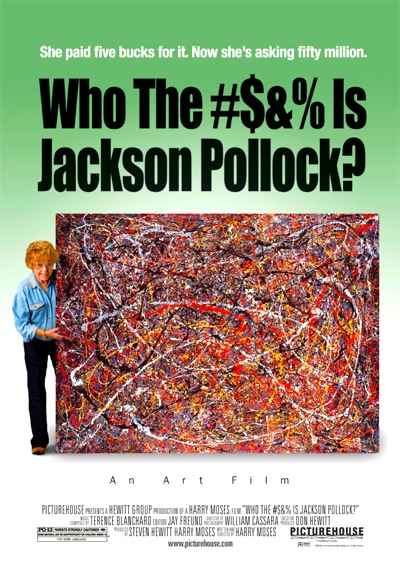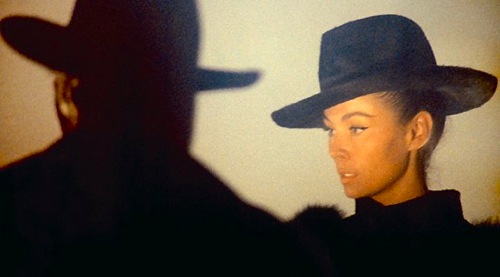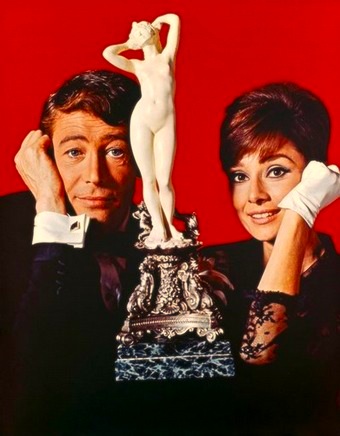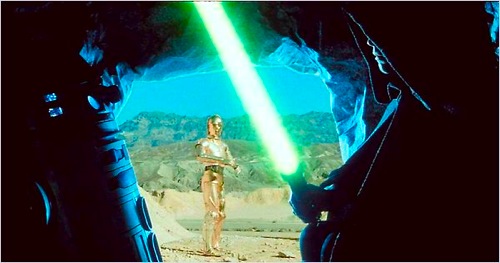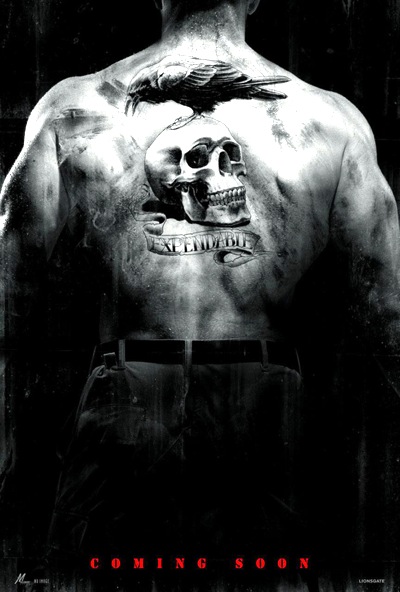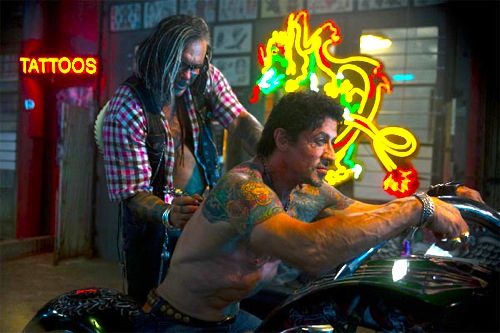
By Jason Apuzzo. • Today is the great Maureen O’Hara’s 90th birthday, and Turner Classic Movies is showing films of hers all day. Many congratulations to this delightful, feisty redhead! This lovely star was once dubbed The Queen of Technicolor due to her lustrous red locks. I am particularly enamored of the films she did with John Wayne (she was probably The Duke’s best co-star), but also of some of her earlier work in the pirate genre … including such classics as The Black Swan, The Spanish Main, Against All Flags and so many others. Long before Angelina Jolie, Maureen O’Hara was the first great action star among the ladies – a fiery and sexy swashbuckler (check her out in At Sword’s Point or Flame of Araby). Our very best wishes to her on this day; she was born 90 years ago today Ranelagh, County Dublin, Ireland, and has been a gift to the world ever since.

• The great Ray Bradbury is also turning 90 this week! Congratulations to Ray; I met him for the fist time a few years ago, and my signed copy of The Martian Chronicles is now a cherished possession. There are all sorts of activities around Los Angeles this week honoring Ray (see the LA Times for the full breakdown), and Ray is also in the news today because he recently declared that he is against big government, and that “our country is in need of a revolution.” Here, here! He’s also pushing President Obama to take us back to the moon, and on to Mars – which would seem to make sense, as that appears to be where Obama’s head is these days anyway.
• Turner Classic Movies will also be doing a festival in honor of the great Patricia Neal on Monday, September 13th. See here for the full schedule and details. We’ve had a few other passings in the classic movie world recently, including Alfred Hitchcock’s production designer Robert Boyle at age 100, noted screenwriter Tom Mankiewicz (many of the Bond and Superman films), star Bruno S (who appeared in several Werner Herzog classics) and producer David Wolper (Roots, Willy Wonka & The Chocolate Factory). Our condolences to their families.
• On the festival/screenings front, there’s a lot happening. New York’s Film Forum is doing a great-looking 50’s 3D film festival right now (see here, here and here); LA’s LACMA theater is doing a series on the great Sam Fuller’s films; and on September 1st the Academy will be screening one of the recently discovered early John Ford films, Upstream. We also just had the 30th anniversary of Airplane!; likely it’s our colleague David Zucker’s best film, and Turner Classic Movies recently showed it.
• On the book front, there’s a new book out on the Charlie Chan character; also a new book on San Francisco’s classic movie theaters (I’ve been in many of them; they’re uniquely wonderful); and another new book out on the great silent star Rudolph Valentino (a personal favorite of mine) called, Rudolph Valentino, The Silent Idol: His Life in Photographs.
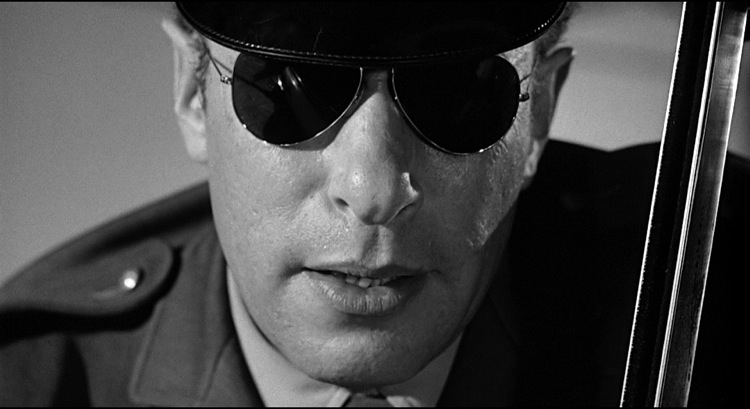
• On the classic DVD front, DVD Beaver reviews the new Blu-ray of Psycho (MUBI also has a review here); the Gene Tierney classic Sundown is finally getting a decent DVD release; some early Kurosawa films are finally coming to DVD; the classic James Mason/Ava Gardner film Pandora and the Flying Dutchman is coming to DVD and Blu-ray; The New York Post’s estimable Lou Lumenick takes an in-depth look at the new Errol Flynn and Kim Novak box sets (also see The New York Times on the Flynn set and on The Kim Novak set); plus, a passel of Elvis Presley classics are now available for download (some for free) at iTunes.
• On the retrospective front, Greenbriar Pictures shows takes a look back at the two major film versions of Arthur Conan Doyle’s The Lost World (see here and here); The New Yorker is running the last interview done with François Truffaut; New York Times critic A.O. Scott (a Libertas reader) takes a look back at Alfred Hitchcock’s magnificent Foreign Correspondent; The Film Experience takes a look back at the extraordinary career of one of my favorites, actor Sterling Hayden; and Movie Morlocks’ R. Emmet Sweeney takes a look back today at one of my all-time favorite directors, Raoul Walsh.
I’m now out of breath! And that’s what’s happening today in the world of classic movies …
Posted on August 17th, 2010 at 2:20pm.
